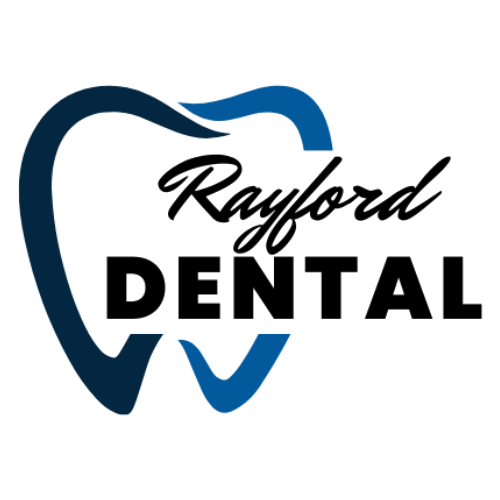Does Dental Insurance Cover Invisalign? What You Need to Know
Does Dental Insurance Cover Invisalign?
Many people wonder if their dental insurance covers Invisalign the same way it does for traditional braces. The answer depends on the provider and the specific plan you have. While some insurers offer partial coverage for Invisalign, others may classify it as a cosmetic treatment, which could limit the benefits. In this article, we explore which insurance companies cover Invisalign and what factors to consider when evaluating your plan.
Which Insurance Companies Cover Invisalign?
If your dental insurance includes orthodontic benefits, there's a good chance it covers a portion of your Invisalign treatment. Here are some of the top insurance providers that may offer coverage:
● Cigna – Covers a percentage of orthodontic treatments, including Invisalign, subject to plan limitations.
● Delta Dental – Offers coverage for Invisalign on many plans, though the percentage reimbursed varies.
● Humana – Some plans include Invisalign but may have age restrictions or lifetime maximums.
● MetLife – Provides coverage for orthodontic care, but requires pre-approval for Invisalign benefits.
● UnitedHealthcare – Some plans cover Invisalign similarly to traditional braces, but benefits vary by policy.
● Aetna – Less common, but some policies include Invisalign coverage.
Key Factors That Affect Invisalign Coverage even if your insurance includes orthodontic benefits, there are important details to check:
● Coverage Percentage – Some plans cover 25%-50% of the cost, while others have a fixed dollar amount.
● Lifetime Maximum – Many policies set a cap on orthodontic expenses, meaning once the limit is reached, you'll cover the rest.
● Waiting Periods – Some insurers require you to hold the policy for 6-12 months before becoming eligible for coverage.
● Pre-Approval Requirements – Your provider may request an orthodontic evaluation before approving benefits.
How Much Does Invisalign Cost Without Insurance?
The average cost of Invisalign treatment ranges from $3,000 to $8,000, depending on the complexity of the case. If your insurance doesn’t cover Invisalign, many dental clinics, including Rayford Dental, offer flexible payment plans to make the treatment more affordable.
Start Your Invisalign Journey Today!
At Rayford Dental, we help patients navigate their insurance benefits to maximize coverage for Invisalign. Contact us today for a free consultation and find out how you can achieve a straighter smile with a plan that fits your budget!



